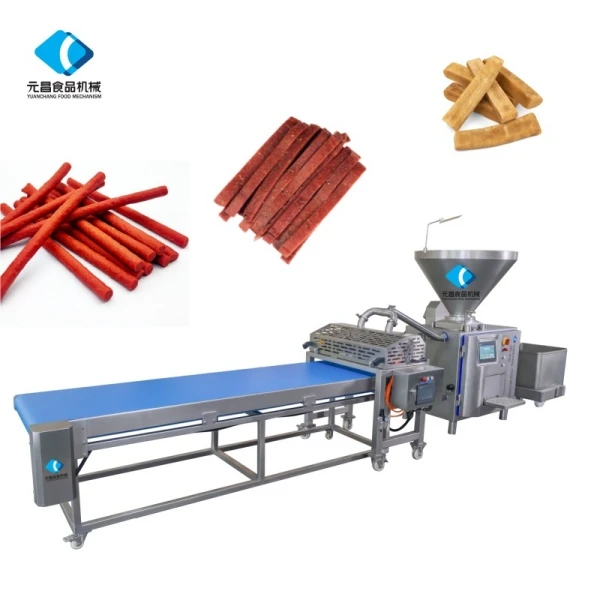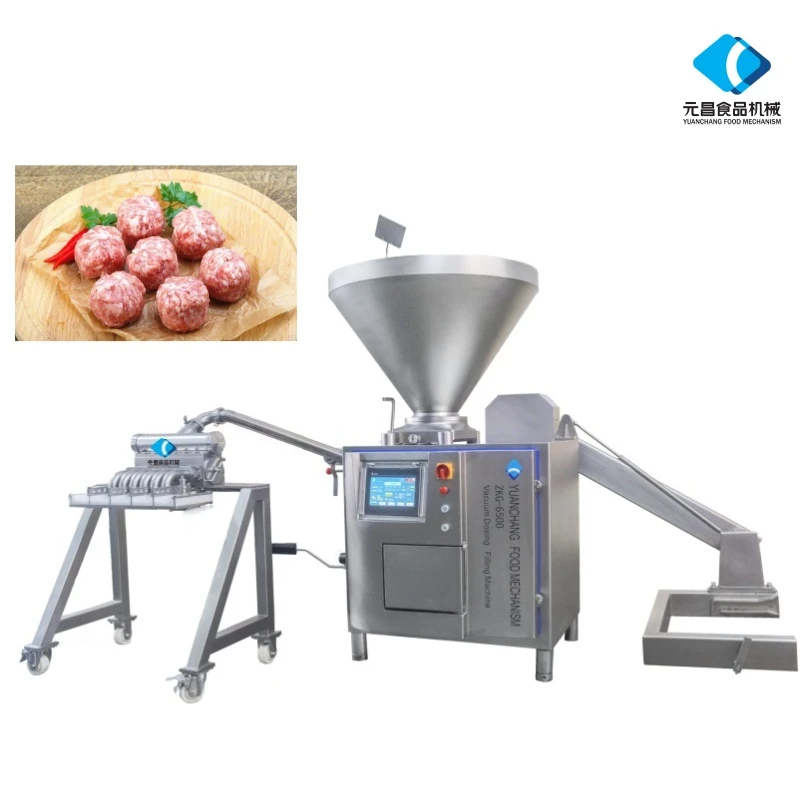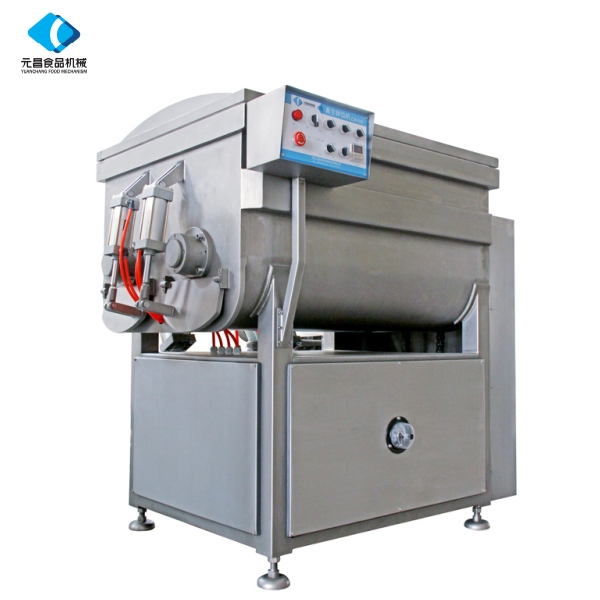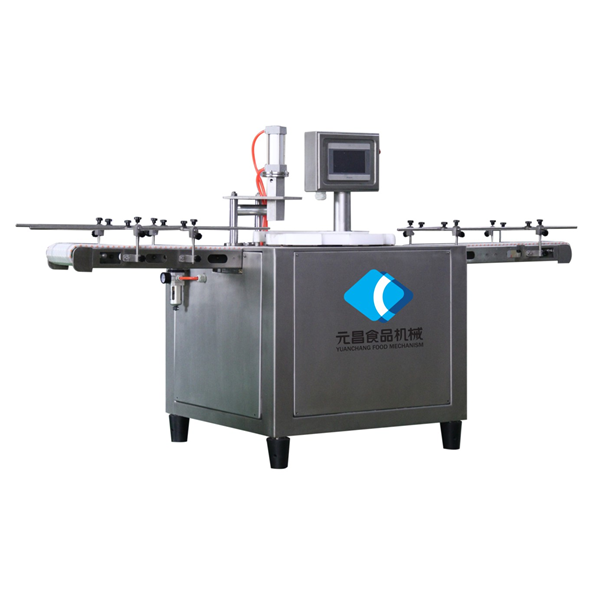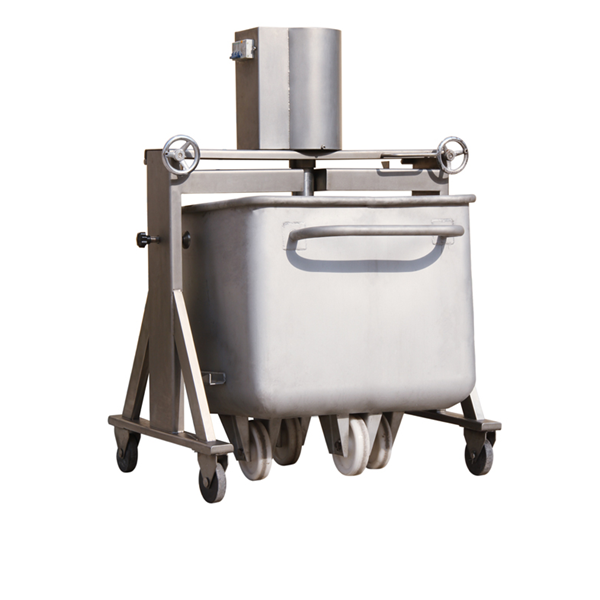- Afrikaans
- Albanian
- Amharic
- Arabic
- Armenian
- Azerbaijani
- Basque
- Belarusian
- Bengali
- Bosnian
- Bulgarian
- Catalan
- Cebuano
- chinese_simplified
- chinese_traditional
- Corsican
- Croatian
- Czech
- Danish
- Dutch
- English
- Esperanto
- Estonian
- Finnish
- French
- Frisian
- Galician
- Georgian
- German
- Greek
- Gujarati
- haitian_creole
- hausa
- hawaiian
- Hebrew
- Hindi
- Miao
- Hungarian
- Icelandic
- igbo
- Indonesian
- irish
- Italian
- Japanese
- Javanese
- Kannada
- kazakh
- Khmer
- Rwandese
- Korean
- Kurdish
- Kyrgyz
- Lao
- Latin
- Latvian
- Lithuanian
- Luxembourgish
- Macedonian
- Malgashi
- Malay
- Malayalam
- Maltese
- Maori
- Marathi
- Mongolian
- Myanmar
- Nepali
- Norwegian
- Norwegian
- Occitan
- Pashto
- Persian
- Polish
- Portuguese
- Punjabi
- Romanian
- Russian
- Samoan
- scottish-gaelic
- Serbian
- Sesotho
- Shona
- Sindhi
- Sinhala
- Slovak
- Slovenian
- Somali
- Spanish
- Sundanese
- Swahili
- Swedish
- Tagalog
- Tajik
- Tamil
- Tatar
- Telugu
- Thai
- Turkish
- Turkmen
- Ukrainian
- Urdu
- Uighur
- Uzbek
- Vietnamese
- Welsh
- Bantu
- Yiddish
- Yoruba
- Zulu
Jan . 26, 2025 00:28
Back to list
Frozen meat slicing (meat chunks)machine
Choosing the right meat cutting chopper is critical for anyone who works with meat preparation—whether you are a professional chef, a butcher, or a cooking enthusiast at home. An outstanding chopper can significantly improve efficiency and the quality of cuts, allowing you to prepare meats with precision and ease. Here's a comprehensive guide to help you navigate the world of meat cutting choppers, making sure you choose the very best for your needs.
Brand Reputation and Trust It’s crucial to consider the brand’s reputation when investing in a meat cutting chopper. Established brands, often backed by years of innovation and customer satisfaction, offer reliability and performance consistency. Customer reviews and expert endorsements provide insights into the chopper’s quality and usability, helping you make an informed decision. Trustworthy brands typically offer warranties that underscore their confidence in product durability and performance. Cost vs. Value While budget considerations are important, the cheapest option might not always offer the best value. Investing in a quality meat cutting chopper could mean paying a premium for features that enhance performance, safety, and longevity. Factor in the frequency of use and the demand you’ll place on the chopper—which justifies the investment in high-quality models that offer superior value over time. Real-Life Application and Testimonials Incorporating real-life experiences from users can be invaluable when choosing a meat cutting chopper. Look for first-hand testimonials from fellow cooking enthusiasts and professionals who can attest to a chopper’s performance and reliability. These insights can reveal unexpected benefits, potential drawbacks, and true performance, covering factors beyond what product descriptions and marketing documents may offer. Sustainability and Ethical Considerations In today's environmentally conscious world, it's beneficial to consider the sustainability of your meat cutting chopper. Opting for models made from eco-friendly materials or brands that prioritize sustainable manufacturing practices can reduce your environmental footprint. Ethical considerations might also include production processes that align with fair labor standards. In summary, selecting a meat cutting chopper involves evaluating several critical factors efficiency, material quality, design, safety, brand reputation, cost, real-life application, and sustainability. By considering these elements carefully, you can confidently invest in a tool that enhances your kitchen experience and delivers excellent results time and again. Emphasizing expertise, trustworthiness, and quality, this approach ensures you choose a chopper that isn’t just an accessory, but an essential component of your culinary repertoire.

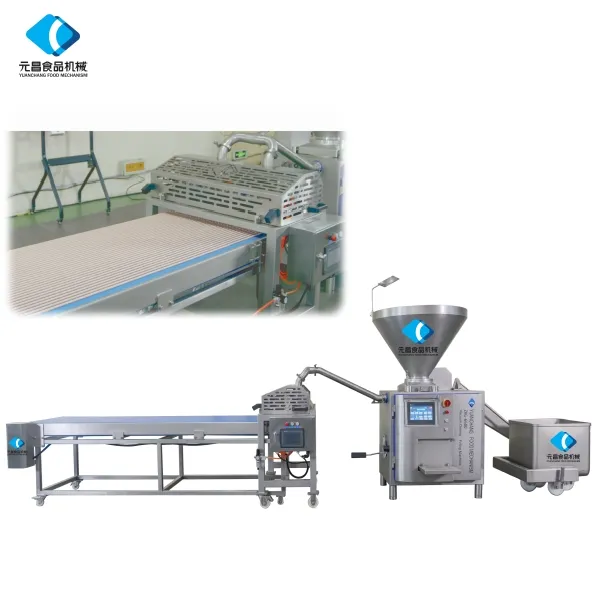
Brand Reputation and Trust It’s crucial to consider the brand’s reputation when investing in a meat cutting chopper. Established brands, often backed by years of innovation and customer satisfaction, offer reliability and performance consistency. Customer reviews and expert endorsements provide insights into the chopper’s quality and usability, helping you make an informed decision. Trustworthy brands typically offer warranties that underscore their confidence in product durability and performance. Cost vs. Value While budget considerations are important, the cheapest option might not always offer the best value. Investing in a quality meat cutting chopper could mean paying a premium for features that enhance performance, safety, and longevity. Factor in the frequency of use and the demand you’ll place on the chopper—which justifies the investment in high-quality models that offer superior value over time. Real-Life Application and Testimonials Incorporating real-life experiences from users can be invaluable when choosing a meat cutting chopper. Look for first-hand testimonials from fellow cooking enthusiasts and professionals who can attest to a chopper’s performance and reliability. These insights can reveal unexpected benefits, potential drawbacks, and true performance, covering factors beyond what product descriptions and marketing documents may offer. Sustainability and Ethical Considerations In today's environmentally conscious world, it's beneficial to consider the sustainability of your meat cutting chopper. Opting for models made from eco-friendly materials or brands that prioritize sustainable manufacturing practices can reduce your environmental footprint. Ethical considerations might also include production processes that align with fair labor standards. In summary, selecting a meat cutting chopper involves evaluating several critical factors efficiency, material quality, design, safety, brand reputation, cost, real-life application, and sustainability. By considering these elements carefully, you can confidently invest in a tool that enhances your kitchen experience and delivers excellent results time and again. Emphasizing expertise, trustworthiness, and quality, this approach ensures you choose a chopper that isn’t just an accessory, but an essential component of your culinary repertoire.
Previous:
Latest news
-
Effortless Slicing Frozen Meat with Meat Slicer & Machine Precision, Speed & SafetyNewsJul.08,2025
-
Electric Meat Grinder Machine – Powerful & Durable Meat Grinder Electric Machine for Home & Commercial UseNewsJul.08,2025
-
Electric Meat Slicer Machine for Home & Commercial Use – Precise Cutting, Easy Cleaning, Powerful MotorNewsJul.07,2025
-
Dry Aging Machine for Meat – Premium Meat Aging Machine for Home & Commercial UseNewsJul.07,2025
-
Commercial Bowl Cutter for Efficient Meat Processing Bowl Meat Cutter at Best PriceNewsJul.06,2025
-
Sausage Filling Machines – Automatic Sausage Filler & Efficient Linking Equipment for Meat ProcessingNewsJul.06,2025





